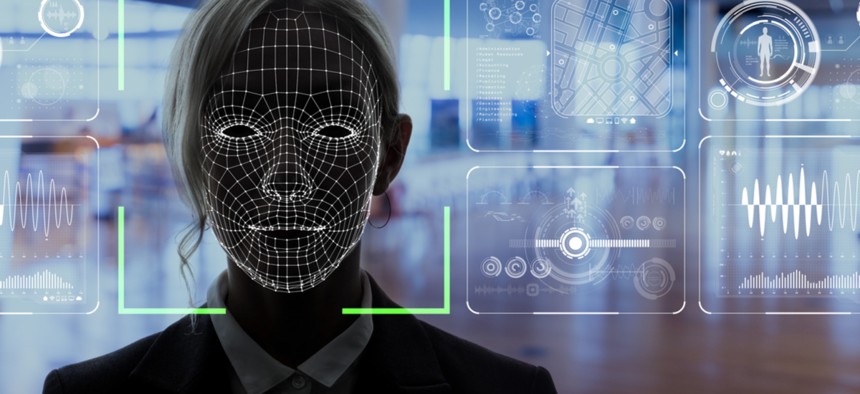CBP’s Facial Biometrics Program Has Caught 26 Alleged Imposters

metamorworks/Shutterstock.com
Since its rollout this summer, the biometrics program is finding more success at land borders than airports.
After almost three months of using facial recognition biometrics to help verify international travelers at U.S. points of entry, Customs and Border Protection officials say they have used the technology to prevent 26 alleged imposters from entering the country.
Border Protection officials began rolling out facial biometric projects at airports and land crossings this summer. As travelers enter the U.S., they are ushered directly to a CBP official, who checks their documentation while overhead cameras match their faces to a gallery of images. For U.S. citizens, the picture is matched to the passport photo on file. If the photos don’t match, the travel is pulled aside for further investigation.
The system helps CBP meet a 15-year-old congressional mandate to use biometrics at the borders, an initiative that has often stalled due to complications with technology, funding and, at the start, an uncoordinated approach by the Homeland Security Department.
Washington Dulles International Airport recorded the first detention due to facial recognition technology just three days after the new system was turned on, stopping a Congolese national attempting to enter the country on a false French passport. Since that time, Dulles’ program has stopped two more alleged imposters.
The facial recognition entry program is currently running at 15 international airports, though no others have reported detentions or arrests due to the systems, according to CBP figures.
Facial biometric programs in place at land border crossings have proven more useful, according to the numbers. As of Nov. 20, CBP officers have apprehended 23 people trying to enter the country illegally at the southwest border in Arizona: 18 at the crossing in Nogales and five at San Luis.
With land and air pilots running, CBP recently began testing the technology at sea, as well. Facial recognition pilot programs have started for travelers debarking in the U.S. from Royal Caribbean, Norwegian and Celebrity cruise lines. These pilots have yet to flag any potential imposters traveling aboard.
While the detentions show some early success, the number pales in comparison with CBP’s apprehension statistics. As of the end of August, officers had detained or arrested almost 362,000 persons deemed to be trying to enter the U.S. illegally in fiscal 2018. That number is above fiscal 2017 figures—just over 310,000—but below the 2016 high of nearly 416,000.
Several airlines and eight international airports are also using facial recognition for boarding planes, including Air France/KLM, Scandinavian Airlines and some United flights out of Dulles.






